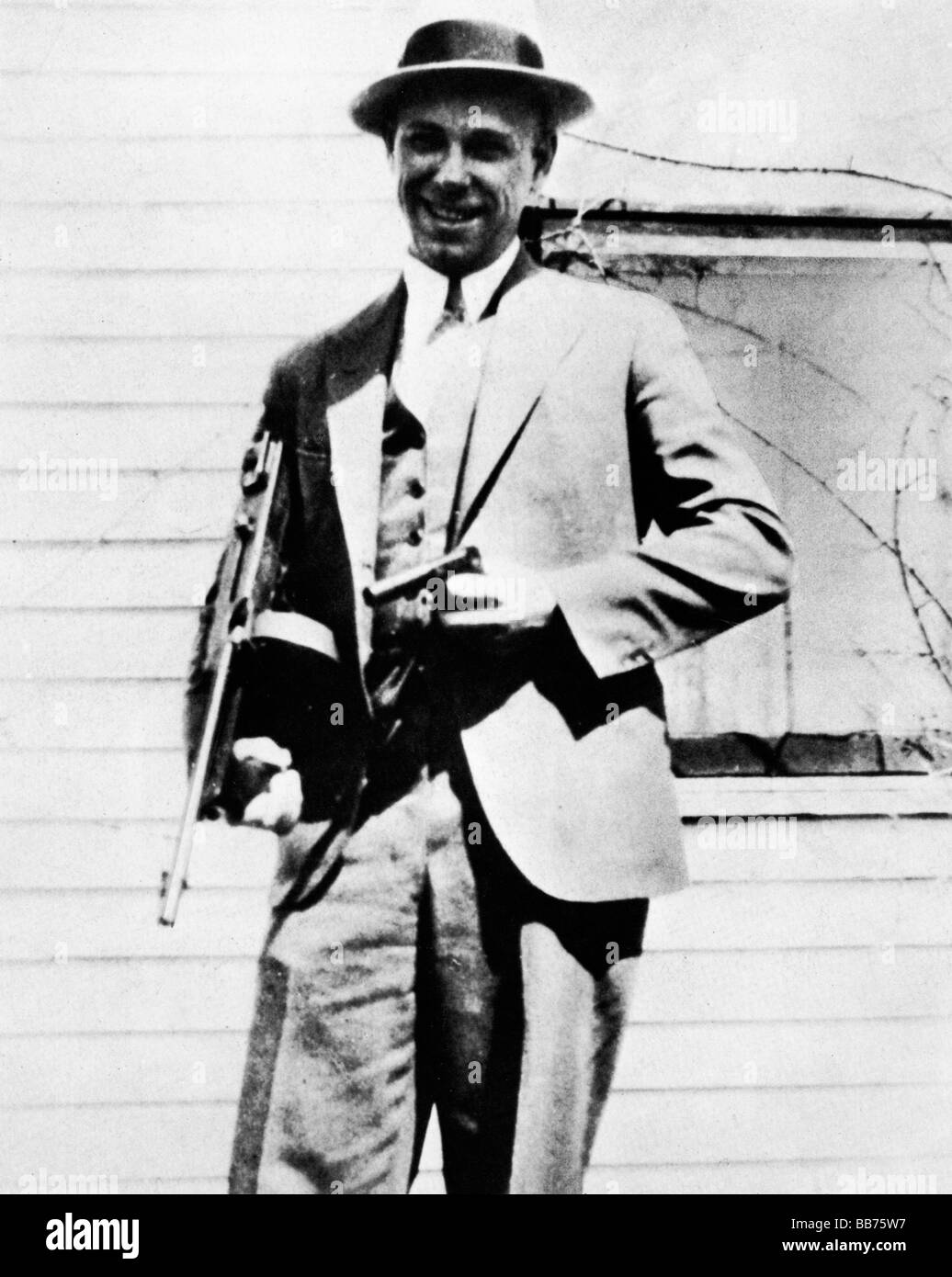John Dillinger, a name that echoes through the annals of American criminal history, remains one of the most infamous figures of the Great Depression era. Known as Public Enemy No. 1, Dillinger's life was a whirlwind of daring bank heists, high-speed chases, and a relentless pursuit by law enforcement. His story is not only a tale of crime but also a reflection of the economic hardships faced by many during the 1930s. As we delve into his world, questions arise about the wealth he amassed and how it compares to other outlaws of his time.
The allure of John Dillinger extends beyond his criminal exploits; it lies in the mystery surrounding his financial legacy. Despite his notorious reputation, the specifics of his net worth have been shrouded in speculation and myth. This article aims to uncover the truth behind Dillinger's wealth, exploring the methods he used to accumulate it and the eventual fate of his riches. By examining historical records and expert insights, we hope to shed light on this often-overlooked aspect of his legendary life.
Intrigue and infamy marked the career of John Dillinger, whose audacious escapades captured the public's imagination during the tumultuous years of the Great Depression. While much attention has been paid to his crimes and capture, less is known about the financial empire he allegedly built. Dillinger's ability to evade authorities for so long made him a symbol of resistance against the establishment, yet his monetary gains remain a subject of curiosity. Below, we explore surprising facts about Dillinger's life and analyze how his wealth compared to contemporaries like Al Capone.
Unveiling the Secrets of Dillinger's Financial Empire
John Herbert Dillinger Jr., a Midwestern bank robber, auto thief, and fugitive, became a household name in the early 1930s. His criminal activities were not just limited to robbing banks; they extended to evading capture with cunning tactics that frustrated law enforcement agencies nationwide. During his short but impactful career, Dillinger managed to amass significant wealth through his various illegal enterprises. Estimates suggest that his gang collectively accumulated over $300,000—a staggering sum during the Great Depression.
This figure represents the combined earnings from multiple heists carried out across several states. The Mason City robbery alone contributed $52,000 to their coffers, illustrating the scale of operations led by Dillinger. Each successful raid added to his growing fortune, fueling both admiration and disdain among the populace who viewed him either as a modern-day Robin Hood or a dangerous outlaw.
Despite these impressive numbers, little is known about what happened to Dillinger's money after his death. Some speculate that portions were hidden away in secret accounts or stashed in remote locations, while others believe it may have been squandered on lavish lifestyles typical of mobsters at the time. Regardless, understanding the intricacies of Dillinger's finances provides valuable insight into the economics of organized crime during this period.
Analyzing Dillinger's Wealth Against Historical Context
Placing Dillinger's net worth within its historical context reveals much about the socio-economic conditions of the era. During the Great Depression, unemployment rates soared, and millions struggled to make ends meet. In contrast, Dillinger thrived financially, exploiting vulnerabilities within the banking system to enrich himself and his accomplices. His success can partly be attributed to the desperation felt by ordinary citizens, some of whom saw him as an anti-hero challenging corrupt institutions.
Comparisons between Dillinger and other notable criminals such as Al Capone highlight differences in approach and scale. While Capone focused primarily on racketeering and bootlegging, Dillinger concentrated on direct theft from financial institutions. Both men achieved immense wealth but employed distinct strategies tailored to their respective niches in the underworld hierarchy.
Moreover, the media portrayal of Dillinger played a crucial role in shaping perceptions about his wealth. Newspaper headlines frequently exaggerated details surrounding his escapades, creating a larger-than-life persona that fascinated audiences worldwide. This publicity helped cement his status as Public Enemy No. 1 but also obscured accurate assessments of his actual assets.
Evaluating Legacy Through Economic Lens
Beyond the numbers lies the question of Dillinger's lasting impact on society and economics. His actions underscored weaknesses in security measures implemented by banks during the 1930s, prompting reforms aimed at preventing future incidents. Furthermore, the FBI's increased focus on combating organized crime following Dillinger's demise signaled a shift towards more coordinated efforts against similar threats.
Today, discussions around Dillinger's net worth continue to spark interest due to their relevance in studying patterns of criminal entrepreneurship. Researchers examine how individuals like Dillinger leveraged opportunities presented by societal upheaval to build substantial fortunes despite operating outside legal boundaries. Such analyses contribute to broader understandings of illicit economies throughout history.
Ultimately, evaluating Dillinger's legacy necessitates acknowledging both positive and negative outcomes resulting from his activities. On one hand, his presence catalyzed improvements in law enforcement practices; on the other, it perpetuated cycles of violence and exploitation detrimental to communities affected by his crimes. Understanding these complexities paints a fuller picture of the man behind the myth and the enduring significance of his story today.

